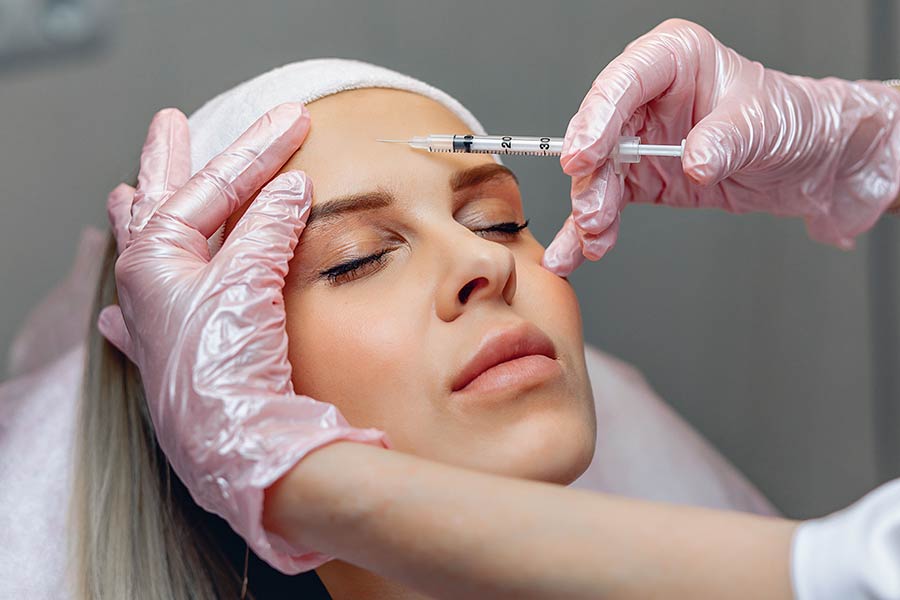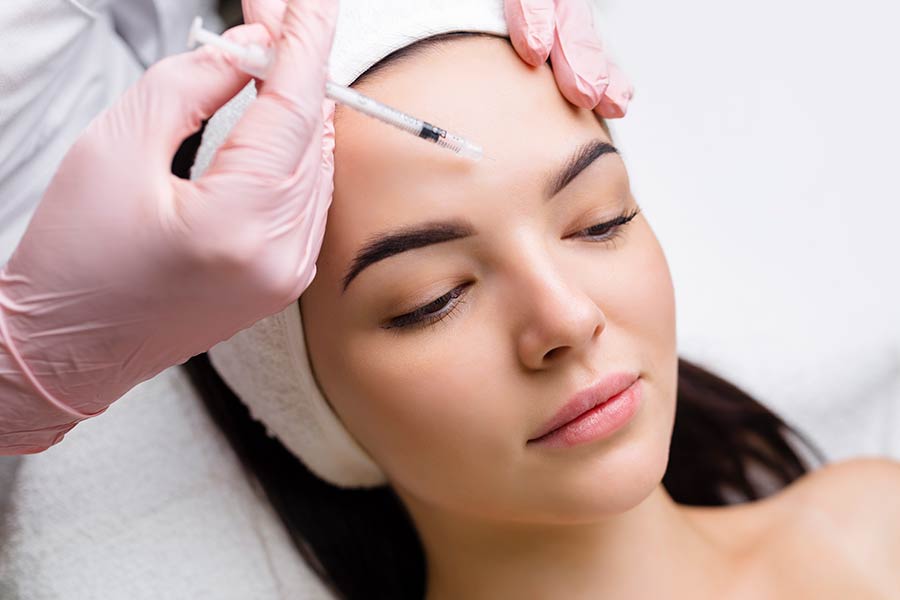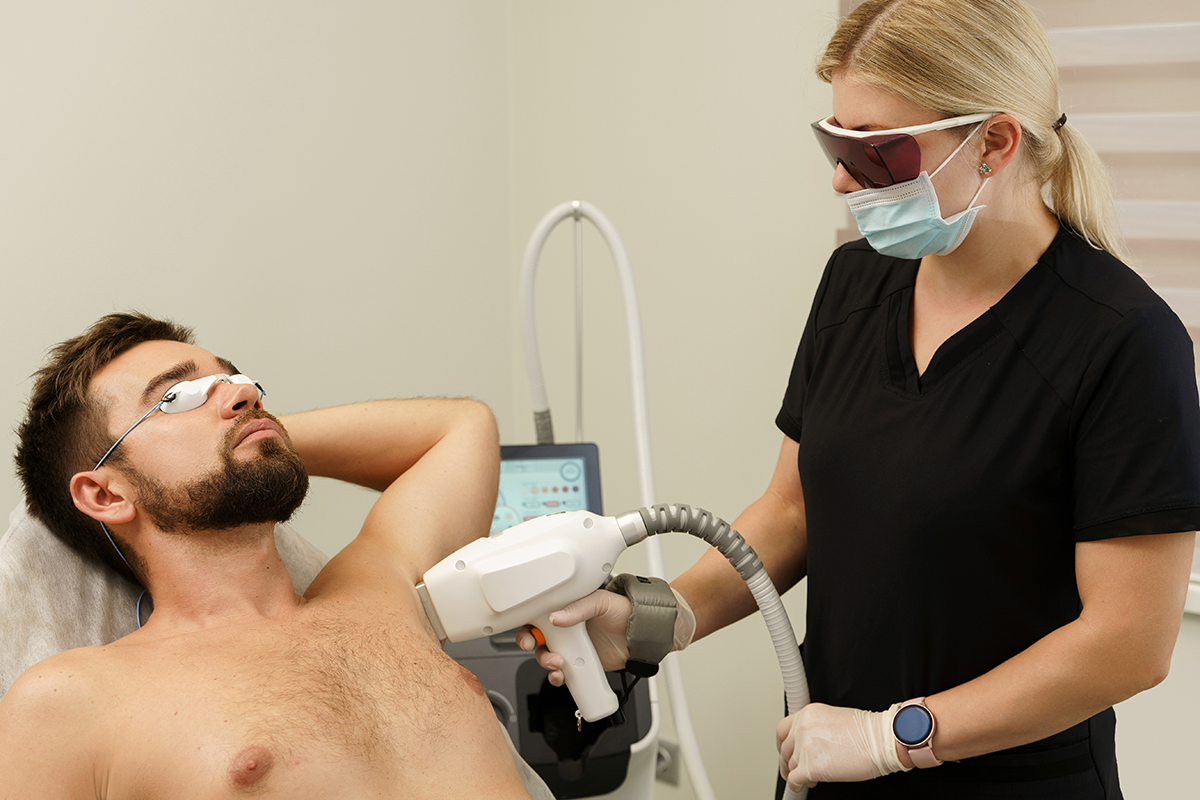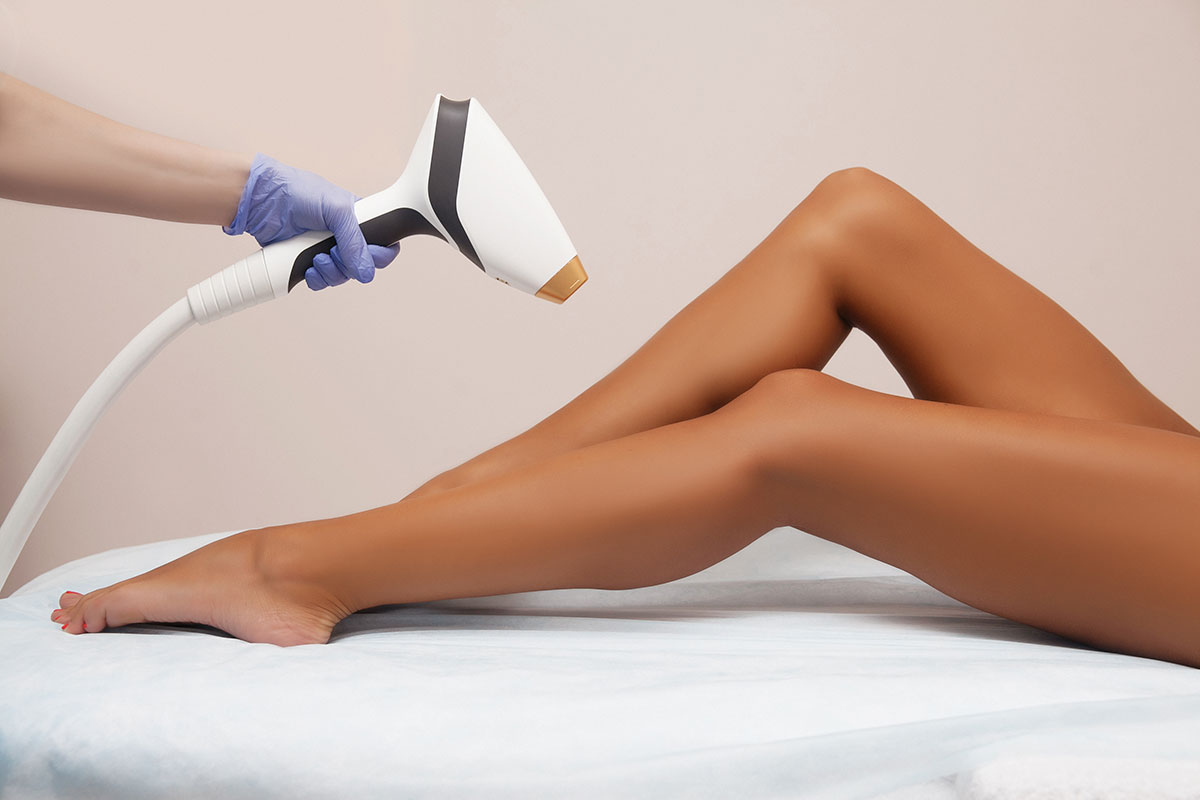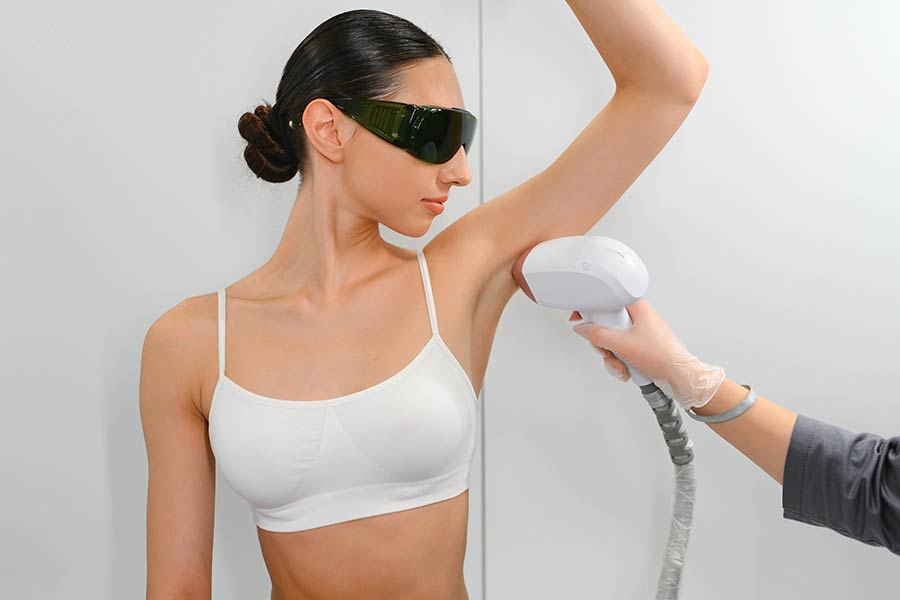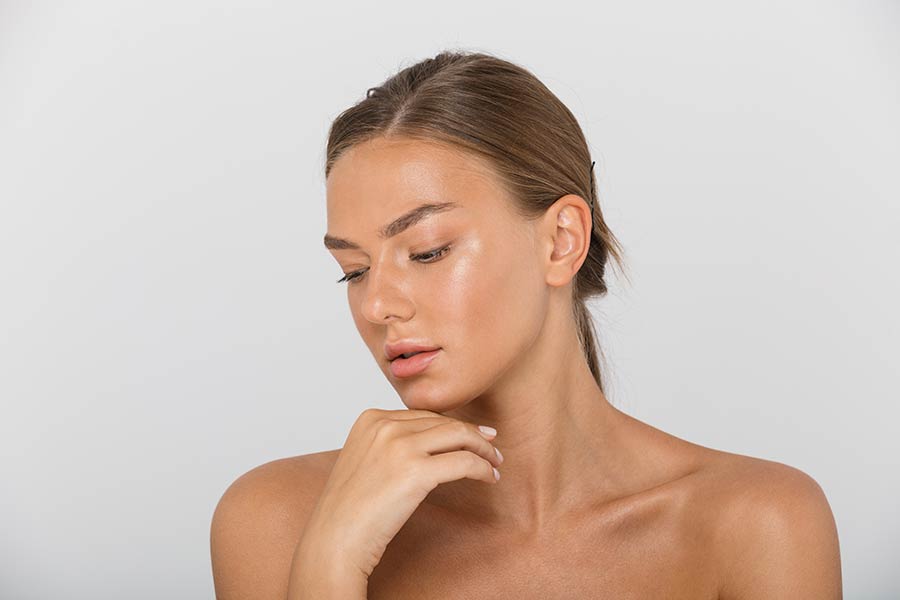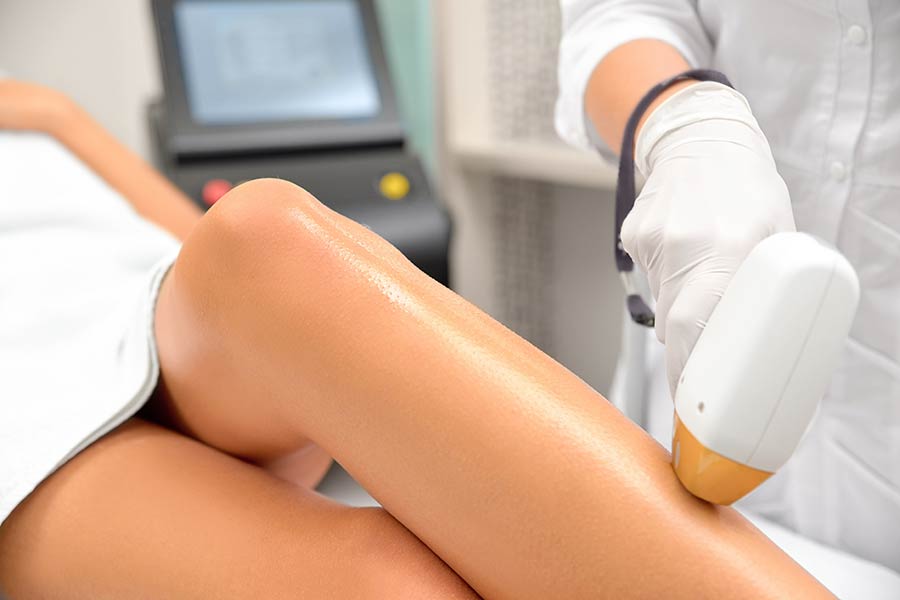Ever wondered why botox is buzzing everywhere from beauty blogs to medical journals? It's not just about smoothing out a few wrinkles; the story goes deeper. Botox, a powerhouse in both cosmetic and therapeutic realms, has transformed how we approach aging and various medical conditions. Imagine a world where looking younger isn't just a dream but an achievable reality, and where chronic conditions find relief in the most unexpected ways. This blog post dives into the heart of botox, shedding light on its multifaceted uses and debunking myths that have long surrounded its application. Whether you're curious, skeptical, or somewhere in between, it's time to explore what botox truly offers beyond the surface, discussing days, problems with your doctor or health care provider.
Key Takeaways
- Botox is not just for wrinkles; it has a range of applications beyond cosmetic enhancements, including treating certain medical conditions.
- Finding the right provider is crucial for a safe and effective Botox treatment. Look for licensed professionals with extensive experience in administering Botox.
- Proper preparation can enhance your Botox results and minimize potential side effects. Follow your provider’s guidelines closely before the treatment.
- Understanding the procedure helps set realistic expectations. Botox injections are quick but require precision and knowledge of facial anatomy.
- Aftercare is as important as the treatment itself. Adhering to aftercare instructions can impact the longevity and effectiveness of Botox results.
- While Botox is generally safe, being aware of potential risks and discussing them with your provider is important for making an informed decision.
Understanding Botox
What It Is
Botox is a neurotoxic protein that health care provider doctors use for various medical and cosmetic purposes, including treating problems. It comes from a bacterium called Clostridium botulinum. When used in small doses, it can treat several conditions by preventing muscles from contracting. This leads to temporary muscle relaxation.
The applications of Botox are broad, spanning from cosmetic enhancements to therapeutic treatments. Its ability to smooth out wrinkles and fine lines has made it popular in the beauty industry. Similarly, its therapeutic uses in treating muscle-related conditions, including botox cosmetic care, showcase its versatility.
How It Works
Botox acts by blocking the signals from the nerves to the muscles. Without these signals, the muscles cannot contract. This blockage, a key aspect of botox cosmetic care, results in a temporary relaxation of the targeted muscle area.
The effects of Botox are not permanent because nerve endings eventually regenerate. This means treatments need repeating every few months to maintain results. The precision in targeting specific muscles with botox cosmetic is crucial for achieving desired outcomes without affecting surrounding areas.
Primary Uses
- Cosmetic applications: Botox is widely known for reducing the appearance of facial wrinkles and fine lines.
- Medical treatments: It helps in managing conditions like chronic migraines, muscle spasms, and even excessive sweating.
Botox plays a significant role in addressing hyperhidrosis, a condition characterized by excessive sweating. By targeting sweat glands, botox cosmetic provides relief to individuals dealing with this often embarrassing issue.
Beyond Wrinkle Reduction
Treating Sweating
Botox has a unique ability to control excessive sweating, or hyperhidrosis. It does this by blocking the nerves that activate sweat glands. This is especially helpful for people who sweat more than usual, like those considering botox cosmetic.
The most common areas treated are underarms and palms. Feet can also be treated in some cases. The effects of Botox for sweating last about 6 to 12 months. After that, botox cosmetic treatments need to be repeated to maintain dryness.
Easing Migraines
For those suffering from chronic migraines, Botox offers significant relief. It prevents headaches before they start. This treatment involves injections around the head and neck.
These sites are chosen because they are where migraine pain often starts. People with chronic migraines may get botox cosmetic injections every 12 weeks. This regular schedule helps keep migraines at bay.
Muscle Spasm Relief
Botox provides relief from muscle spasms in conditions like cervical dystonia. It works by targeting specific muscles that are causing discomfort or abnormal movements with botox cosmetic.
This targeted approach helps control the spasms without affecting other body parts. For many, it greatly improves their quality of life. Patients with chronic muscle spasticity find this particularly beneficial.
Choosing a Provider
Importance of Expertise
Selecting a qualified professional for Botox treatments is crucial. Safety and effectiveness depend on their skill. Improper injection techniques can lead to complications, such as muscle weakness or an unnatural facial appearance. It's vital to find someone with specialized training in Botox procedures. They understand the facial anatomy deeply, ensuring injections enhance your beauty without risks.
Patients should not hesitate to ask about a practitioner's experience with Botox beyond wrinkle reduction. This shows their breadth of knowledge in using Botox for various conditions.
Verifying Credentials
Before choosing a provider, check their qualifications and certifications. Ask how long they've been performing Botox injections and about their success rates. Inquire how they handle complications, should they arise. This information gives insight into their expertise and patient care quality.
It's also important to verify the authenticity of the Botox product used. Counterfeit products pose significant health risks. Ensure the practitioner sources their Botox from reputable suppliers.
Consultation Tips
A thorough consultation before receiving Botox is essential. Use this time to discuss your goals and expectations clearly. Prepare a list of any medical conditions and medications to share with your practitioner; this ensures the treatment suits your health profile.
Discuss potential side effects and set realistic outcomes during your consultation. Understanding what Botox can and cannot do helps align your expectations with possible results.
Preparing for Treatment
Initial Consultation
The first step in your Botox journey involves an initial consultation with your chosen provider. Here, expect a thorough facial analysis or medical examination. This helps the practitioner understand your skin's unique needs and any underlying conditions that might affect treatment outcomes.
During this meeting, you'll discuss and set treatment goals together. It's crucial to be open about what you hope to achieve with Botox. This ensures the development of a personalized plan tailored just for you. The practitioner will also inquire about any allergies or medical conditions. This is important to ensure Botox is safe for you and to tailor the treatment accordingly.
Pre-Treatment Advice
Following the initial consultation, there are several steps you should take to prepare for your Botox treatment:
-
Avoid blood-thinning medications and supplements at least a week before your appointment. Items like aspirin, ibuprofen, and vitamin E can increase bruising. This simple precaution can make a big difference in your treatment experience.
-
Be sure to disclose any recent cosmetic treatments to your practitioner. They need this information to plan your Botox injections properly and avoid complications.
-
It's wise to review aftercare instructions with your provider before receiving Botox. Knowing what to do after your treatment helps ensure the best results and minimizes side effects.
The Procedure Explained
Before the Procedure
Getting ready for Botox involves a few key steps. Doctors clean the area where you'll get the injection. This keeps everything safe and sterile. Sometimes, they might apply a cream that numbs the skin or use ice. This helps make sure you feel as little discomfort as possible.
The whole process of getting Botox doesn't take long. But, it's important to know what to expect. The injection feels quick, almost like a small pinch. Knowing this can help you feel more at ease before starting.
During the Procedure
Botox injections are known for being quick and straightforward. You don't have to stay in a hospital; it's an outpatient thing. That means you can go about your day right after.
They use very thin needles for the injections. This ensures the Botox goes exactly where it needs to be without causing much pain. Most people find these treatments easy to handle. They're often done in just a few minutes.
Intradermal Injection
This part is crucial for getting Botox right. The injection goes just beneath the surface of your skin. It's aimed at smoothing out wrinkles or controlling excessive sweating.
To target these issues effectively, precision is key. The doctor has to be very careful with where and how they inject the Botox. This technique makes sure the treatment works well and lasts.
Aftercare and Recovery
Immediate Aftercare
After receiving Botox injections, immediate aftercare is crucial for ensuring the best results and minimizing any potential side effects. One key recommendation is to avoid rubbing or massaging the treated areas. This prevents the toxin from spreading to unintended muscles and causing unwanted effects.
Patients should also keep upright for several hours post-injection. This position helps the Botox stay in the targeted area and work effectively. It's important not to lie down immediately after treatment.
Lastly, it's advisable to steer clear of strenuous activities for a short period. Activities that increase blood flow can potentially diffuse the Botox prematurely, affecting its effectiveness. Taking it easy ensures that patients see the full benefits of their treatment.
Long-Term Care
For those looking to maintain their Botox results long-term, regular follow-up appointments are essential. These check-ins allow practitioners to assess how well the toxin is working and make any necessary adjustments. They're a key part of ensuring that patients continue to be happy with their appearance.
Monitoring for any long-term side effects is also important. While Botox has a strong safety record, everyone's body reacts differently. Staying vigilant helps catch any issues early on.
Maintaining a relationship with your practitioner provides ongoing care and support. They can offer tailored advice and adjustments over time, ensuring that each patient's experience with Botox remains positive.
Expected Results
Immediate Effects
After receiving Botox injections, patients often start to see changes within a few days to two weeks. The first thing many notice is a smoother appearance in the treated areas. However, it's not uncommon to experience some temporary side effects. These can include redness, swelling, or bruising at the injection sites. Fortunately, these symptoms are typically mild and resolve on their own fairly quickly.
It's important for patients to understand that these immediate effects are part of the process. They indicate that the treatment is beginning to work. As mentioned in the "Aftercare and Recovery" section, following post-treatment guidelines can help minimize these side effects.
Long-Term Benefits
The true value of Botox emerges over time with regular treatments. Patients who adhere to a recommended schedule may notice a cumulative effect that helps maintain smoother skin for longer periods. This ongoing improvement is one of the key benefits of Botox.
Beyond cosmetic enhancements, Botox offers significant health benefits for individuals suffering from chronic conditions like migraines or muscle spasms. With consistent use, many find that their symptoms become less frequent and less severe. This improvement can greatly enhance quality of life.
Moreover, the psychological impact of Botox should not be underestimated. Many patients report enhanced self-confidence and well-being after seeing their desired results. This boost in how they feel about themselves can be just as valuable as the physical improvements.
Safety and Risks
Common Risks
Botox treatments, while generally safe, come with potential side effects. Patients might experience bruising at the injection site, a headache soon after treatment, or drooping eyelids. These side effects are typically mild and temporary.
Serious complications are rare when a qualified practitioner performs the procedure. It's crucial to follow all pre- and post-treatment instructions carefully. This helps to ensure the best possible results and minimizes risks.
Minimizing Complications
Choosing a reputable and experienced practitioner is key to reducing the risk of complications from Botox treatments. Look for someone with a strong track record of success in performing these procedures. Don't hesitate to ask about their qualifications and experience.
Before undergoing treatment, be sure to communicate your full medical history and current medications. This information can help avoid unwanted interactions or side effects.
Adhering to the guidelines provided by your practitioner is also vital. These may include avoiding certain activities or medications before and after treatment. Following these instructions closely can significantly reduce the risk of complications.
Advanced Applications
Clinical Trials
Researchers are constantly exploring new ways to use Botox. They conduct clinical trials to find out how safe and effective it is for different conditions. These studies are vital. They help us understand how Botox can treat more than just wrinkles.
One recent trial looked at using Botox for people with depression. The results were promising. Another study focused on severe neck spasms. Patients reported less pain after treatment. This shows Botox's potential beyond cosmetic uses.
Clinical trials are key to expanding Botox treatments. They ensure the therapy is both safe and effective for various conditions. Thanks to these trials, we now use Botox for chronic migraines and excessive sweating.
Future Innovations
The future of Botox looks bright. Scientists are working on new ways to use it in medicine and beauty. They believe it could treat a wider range of conditions soon.
One area of innovation is improving injection techniques. This could make treatments more precise and less painful. Researchers are also developing new formulas that could last longer and give better results.
Advancements aim to enhance patient comfort and extend the duration of benefits from each treatment session. These innovations could make Botox an even more popular choice for those seeking relief from medical issues or wanting to reduce signs of aging.
Summary
Botox offers more than just a way to smooth out wrinkles; it's a versatile treatment that can enhance your quality of life in unexpected ways. From understanding the basics to exploring advanced applications, you're now equipped with the knowledge to make informed decisions about your care. Choosing the right provider and understanding the procedure, including aftercare and recovery, ensures you get the best possible results while minimizing risks. Safety is crucial, so always opt for a qualified professional who can guide you through the process with confidence.
As you consider embarking on your Botox journey, remember that it's not just about looking younger but feeling better too. Whether it's for cosmetic reasons or medical applications, Botox has the potential to positively impact your life. Ready to take the next step? Reach out to a trusted healthcare provider today and explore how Botox can work for you. Your journey towards a more confident and comfortable self starts now.
Frequently Asked Questions
What exactly is Botox?
Botox is a purified form of botulinum toxin, used cosmetically to reduce wrinkles by temporarily paralyzing muscles.
Can Botox be used for more than just wrinkle reduction?
Yes, beyond smoothing wrinkles, Botox has applications in treating conditions like chronic migraines, excessive sweating, and muscle spasms.
How do I choose the right Botox provider?
Opt for a licensed medical professional with extensive experience in administering Botox. Check their credentials and patient reviews for peace of mind.
What should I do to prepare for a Botox treatment?
Avoid alcohol and anti-inflammatory medications for at least a week before treatment to minimize bruising. Consult your provider for personalized advice.
What does the Botox procedure involve?
The procedure involves injecting small amounts of Botox into specific muscles with a fine needle. It's quick, usually taking only a few minutes without the need for anesthesia.
What does aftercare entail following a Botox injection?
Post-treatment, avoid rubbing the injected area for 24 hours to prevent spreading the toxin. Most people can resume normal activities immediately.
What results can I expect from Botox?
Results typically appear within 1-2 weeks and can last up to 4 months. The outcome includes smoother skin and reduced appearance of wrinkles.
Are there any risks associated with Botox?
Minor side effects like bruising or swelling are common. Serious complications are rare when performed by an experienced provider but can include issues like difficulty swallowing or breathing if the toxin spreads.




